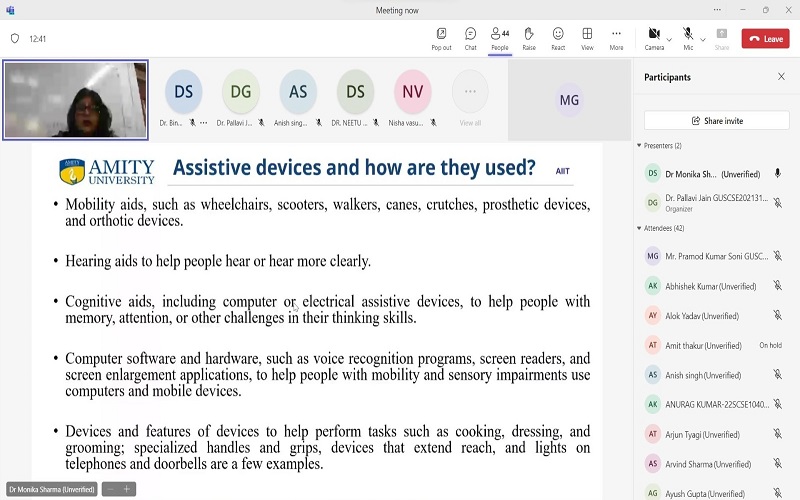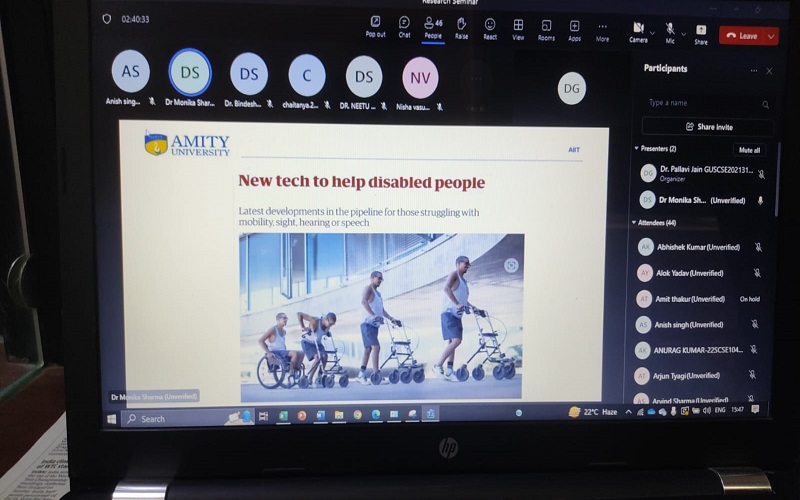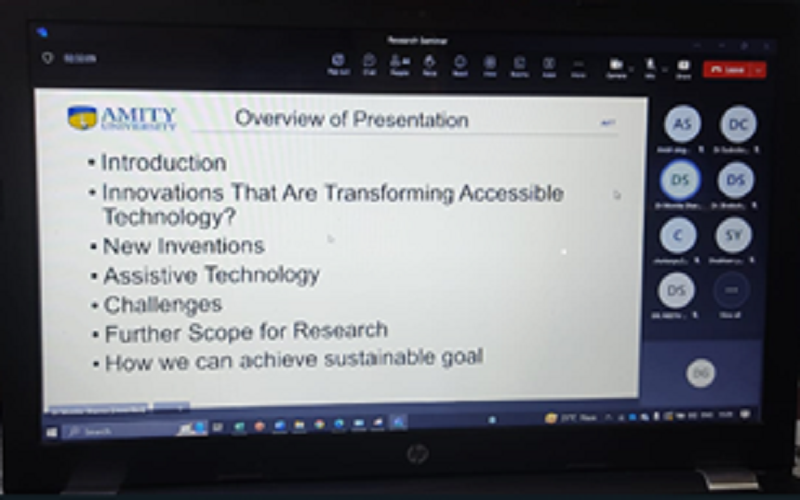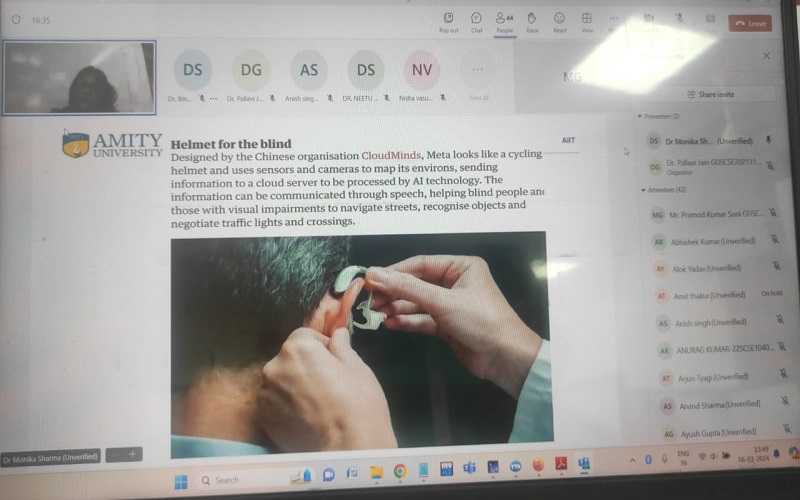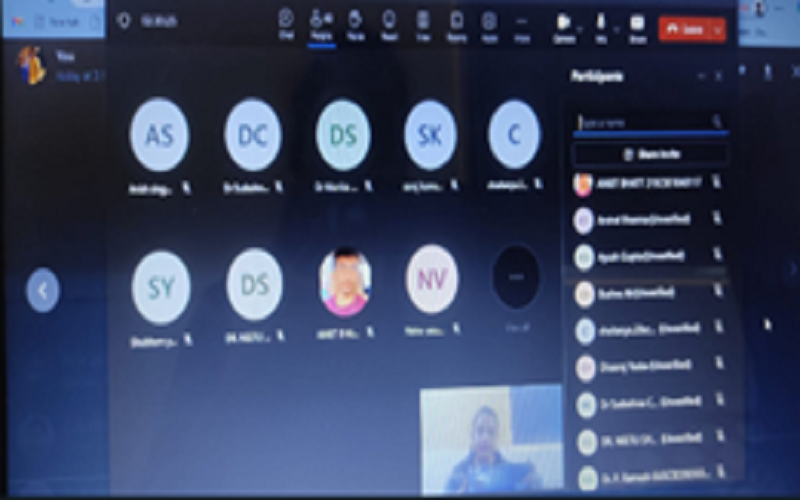Future Trends in Computer Vision
Event Date: 6th March 2024
- There are 650 million people in the world with some sort of disability and this number increases as the population ages. Until now, many of them have lived their lives depending on others. However, IT Tools can play an extraordinary role in emancipating the disabled. Its value goes far beyond making daily life easier, though; it helps people with disabilities more readily and confidently navigate the world around them. This Research Seminar was about the innovations for the disabled people.
- The Speaker explained the Use of Assistive Technologies:
Communication Aids
A communication aid can be any tool that helps people communicate effectively. They’re most often used for those who have difficulty understanding or using speech to express themselves.
Common examples include:
Picture boards and picture-based instructions
Apps for tablets, smartphones, etc.
Speech-generating software or devices
Eye-tracking speech and visual output devices
Augmentative and alternative communication devices (AACs)
Communication cards
Mobility Aids
Anything that can assist with movement, body alignment, balance, and coordination can be considered a mobility aid. These tools help support independence and empowerment by making it possible to move comfortably, safely, and effectively.
Examples of mobility aids include:
- Wheelchairs
- Canes, walking sticks, or walkers
- Modified vehicles
- Gait trainers/belts
- Adaptive equipment, including modified eating utensils, writing tools, etc.
- Orthopaedic shoes and devices
Sensory Tools
Technology that either regulates or makes up for a lack of sensory input is popular among individuals and families with developmental disorders. The power to take charge of sensory stimuli can be both freeing and essential.
Some popular sensory assistive devices include:
- Noise-canceling headphones
- Hearing aids
- Cochlear implants
- Black-out curtains
- Sensory or stim toys
Smart Technology and Computer Tools
People with intellectual and developmental disabilities can often benefit from tools that help them utilize other resources.
These technologies might simplify using computers, phones, or items in a person’s environment. The goal is to remove barriers that limit how much an individual can control or interact with their surroundings.
Some examples include:
- Smartwatches
- Voice-activated lights, thermostats, phone diallers, etc.
- Adaptive keyboards
- Touchscreen devices
- Voice recognition software
- Automated home technology
- Medical monitoring and tracking devices
Mentor Name – Dr. Monika Sharma (Associate Professor) (AIIT), AIMTY University, Noida
Department Name – School of Computer Applications & Technology (SCAT)
